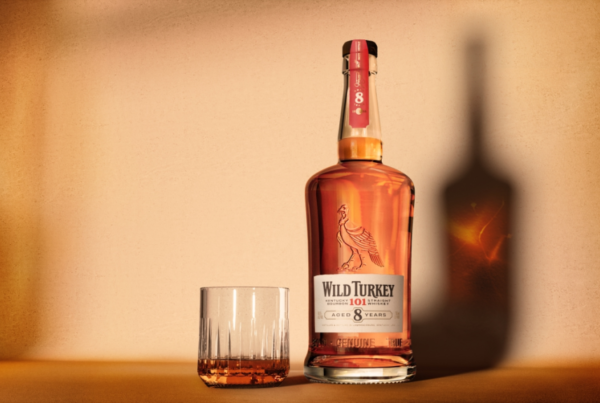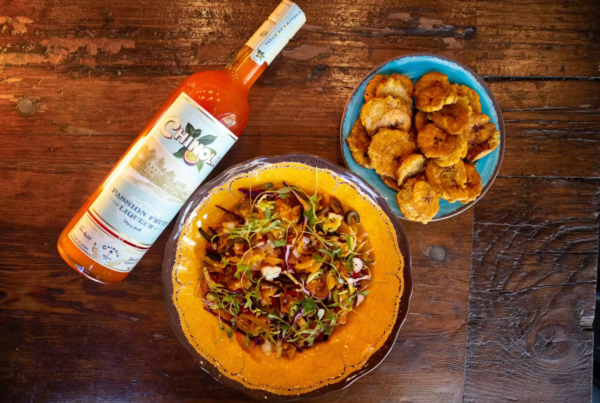Fort Worth: A growing movement in the U.S. is advocating for mandatory nutritional labeling on alcoholic beverages, highlighting the need for transparency as over 62% of adults consume alcohol, with public support and potential policy changes on the horizon.
The Fort Worth Star-Telegram has reported on a growing movement advocating for mandatory nutritional labeling on alcoholic beverages in the United States. This call for change comes amid concerns over the current lack of transparency regarding the contents of alcoholic drinks, even as consumption remains prevalent among American adults, with approximately 62% partaking in alcohol.
Key Insights on Alcohol Labelling
Despite alcohol’s significant role in American diets—one study estimates that the average beer drinker consumes 26.5 gallons annually, equating to around 34,000 calories—there are no legal requirements for producers to disclose crucial nutritional information such as calorie counts, ingredient lists, or allergen markers on their labels. This lack of requirement places alcoholic beverages in a unique position, as they are one of the few consumer products in the U.S. exempt from standard disclosure practices.
Industry experts suggest that introducing nutritional labels on alcoholic beverages could reshape consumer behaviour. A recent study indicated that introducing such transparency could lead to 54% of heavy drinkers opting for lower-calorie options. These findings emphasize that consumer choice could be significantly enhanced by making nutritional information readily available for alcoholic products.
Public Support and Global Comparisons
A survey conducted by the Center for Science in the Public Interest illustrates widespread public support for increased transparency, with over 60% of respondents—regardless of political affiliation—backing mandatory disclosure of alcohol content, ingredients, allergens, and calorie information.
The trend towards stricter disclosure practices is observable in other regions. The European Union plans to enforce nutritional disclosures on all wine from 2024 onwards, demonstrating a proactive stance on helping consumers make informed decisions regarding alcohol consumption. Stakeholders argue that the U.S. should align with such global initiatives.
Challenges of Current Practices
There have been suggestions for the use of QR codes to provide consumers with information. However, critics argue this approach places undue burden on consumers, as it necessitates internet access and additional steps to access basic product information. A significant 76% of respondents from the aforementioned survey preferred clear, on-package labels to digital alternatives.
Recent Developments in U.S. Policy
The Department of Treasury has acknowledged the demand for improved transparency in the alcohol sector. It has prompted the Alcohol and Tobacco Tax and Trade Bureau (TBB) to consider rulemaking that would enforce nutritional labeling across wines, distilled spirits, and malt beverages, covering alcohol content, allergens, and caloric content per serving. This move has been perceived as a vital step towards improving consumer empowerment and fostering informed decision-making.
In summary, as the alcohol market increasingly focuses on health and consumer awareness, the push for mandatory disclosure of nutritional information appears timely. Implementing such policies could benefit both consumers and brands, allowing for better-informed purchasing choices while potentially driving competition in lower-calorie and ingredient-conscious options on the market. The initiative reflects a growing consensus that transparency is integral to consumer rights and empowering informed choices in the alcohol industry.
Source: Noah Wire Services







